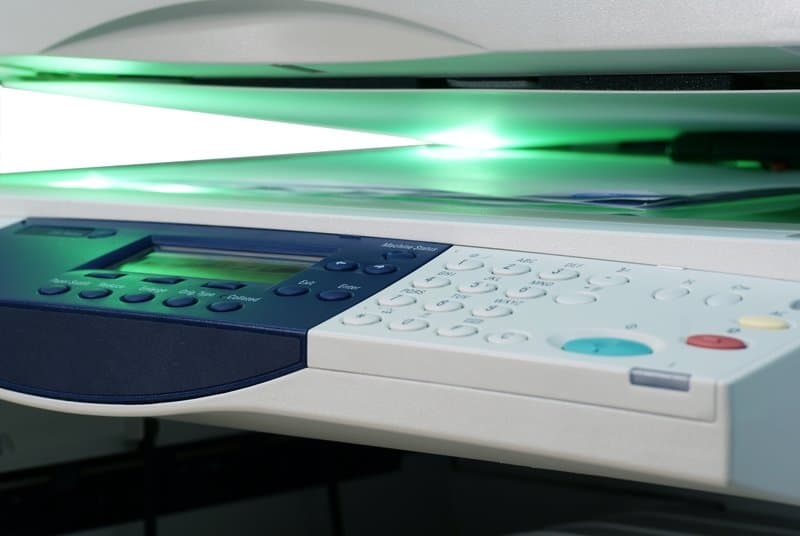3 Ways on How You Can Share a Printer over Multiple Devices
A shared printer at home or in the office can be quite troublesome. Not only are you sharing with dozens of others people but, sometimes, on a busy day, you might end up waiting on queue just to get your turn to print documents.
Furthermore, getting multiple printers for each office worker might not be a good idea at all. Aside from the inconvenience, this is obviously not a cost-effective solution since you have to spend on not just added electricity costs, but also the ink cartridges, refills, and repairs.
Good thing there are printer repair companies that offer priority services and on-road services to ensure your printer is up and running before the day ends.
When it comes to the struggles of printer sharing over the network, there are ways for you to address this conundrum. By finding out the type of printer you have, you can tell what method of sharing you can use. There are many ways for you to connect a printer to different devices and computers. Printing out documents from tablets, phones, and laptops will be a lot easier if you know how to do it.
Here are some of the common ways for you to share a single printer to multiple devices, so you can decide which configuration you would want to utilise.
Wireless Connection
Most likely, while playing through your phone, you have stumbled upon an option to print a document. Yes, this a function included in most smartphones, and it is possible for you to use your phone in connecting to a printer.
Like most of the printers today, you can use wireless capability to connect directly to a network. This feature is most common in middle and high-end models, which are probably Plug-and-Play devices detectable by a word processor or browser. Thus, giving a distinct advantage of utility that is simple and easy to set-up and detect.
But the only downside of this option is that you still need to configure and set up a wireless network for this to work. Once the configuration and connection of the wireless network are finished, you can then install and wirelessly connect the printer to each device.
You may refer to your user’s manual for information under “How to Connect to A Network Printer” for instructions on how you can install a wireless printer to your device.
Network server
One common method of sharing a printer, and you might have been using this at work for a long time, is connecting through a host computer.
A host computer is a device that allows the sharing of a single printer to numerous client computers within its network. The connection server works either through internet connectivity or through a Local Area Network or LAN.
Preferred by most offices because of its convenience and cost-effectiveness, this allows you to connect to a distant printer and automatically print out a document. So you will no longer have to race against your co-workers just to get to the printer first.
Sharing a printer through a computer server means the host computer must be turned on at all times. Furthermore, you also have to set up a network and install a printer to your host computer in order for this to work.
Dedicated Print Server
Unlike connecting your PC to a host through a local server, you also have another wireless option and this time it is with the use of a different kind of machine.
A print server is a hardware device that enables you to connect to numerous client computers within a wireless network. Not only does this give you the ability to control and print remotely, this also solves your problem with tangled cords and cables.
The device is capable of taking in multiple print jobs from different machines such as laptops and desktop computers, and queuing these according to order. Furthermore, its ancillary functions would include reordering or deleting waiting print jobs and counting document pages.
Besides, this has an advantage over other methods since you still can print documents even when the host computer is turned off or unavailable. This works by setting up a printer network, thus allowing the use of a printer even without the main computer. Yet, this comes at an expense, since you will need to spend money on procuring this device and setting up a wireless network.
Connecting your device to a printer is easy. Just check which of these methods is possible and more convenient. Moreover, make sure that your device is compatible with the printer you are about to use. Just check the specifications to be sure of the device compatibility.
If you need help with setting up a device or need to buy a new office printer, do not hesitate to get in touch with Global Office Machines. Our customer representative will be waiting to answer your call and your queries.


